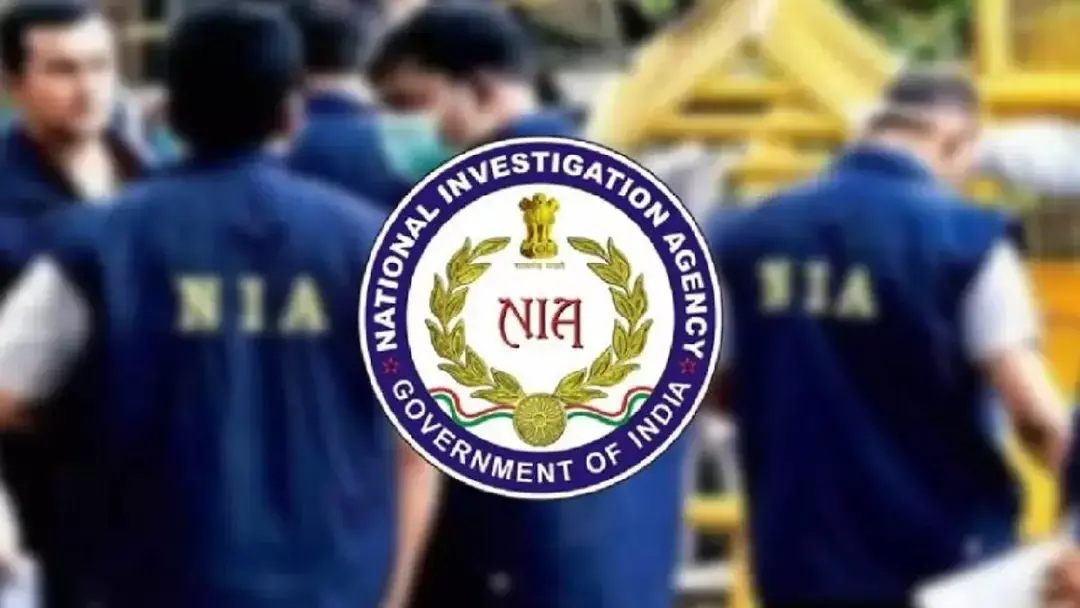
NIA probes 2,900 kg explosive cache, secret Faridabad rooms
In a shocking revelation, the National Investigation Agency (NIA) has uncovered a massive explosive cache of 2,900 kg of ammonium nitrate, allegedly stockpiled by a doctor from Al-Falah University in Faridabad. The NIA investigators, as part of their ongoing probe into the Delhi blast plot, took the accused doctor, Muzammil Ahmad Ganaie, to his hideouts in Faridabad, where they revisited secret rooms that were used to store the explosives.
The investigation has sent shockwaves across the country, with many questioning how such a large quantity of explosives could be stockpiled in secret rooms without being detected. The NIA has been working tirelessly to unravel the conspiracy behind the Delhi blast plot, and the latest discovery has led to a wider probe into the network of individuals involved.
According to sources, the NIA investigators, accompanied by Ganaie, visited the secret rooms in Faridabad, where they found a large quantity of ammonium nitrate, a key ingredient used in making explosives. The rooms, which were cleverly concealed, were found to contain a total of 2,900 kg of the explosive material, which is enough to cause widespread destruction.
The NIA has also seized coded diaries and other documents from Ganaie’s possession, which are believed to contain crucial information about the conspiracy. The diaries, which were written in code, are being decoded by experts, and the information gleaned from them is expected to shed more light on the plot.
The investigation has also led to the discovery of a wider network of conspirators, some of whom are linked to the Al-Falah University, where Ganaie worked as a doctor. The NIA is probing the role of these individuals and their connection to the Delhi blast plot.
The Delhi blast plot, which was foiled by the NIA, was a sinister plan to carry out a series of explosions in the national capital. The plot, which was hatched by a group of individuals, including Ganaie, was aimed at causing maximum damage and loss of life.
The NIA’s investigation into the plot has been ongoing for several months, and the agency has made several arrests in connection with the case. The latest discovery of the explosive cache and the secret rooms has added a new dimension to the investigation, and the NIA is working to unravel the entire conspiracy.
The use of secret rooms to stockpile explosives is a worrying trend, and it highlights the need for increased vigilance and surveillance. The NIA’s investigation has shown that the conspirators were able to use these secret rooms to store large quantities of explosives without being detected, which is a cause for concern.
The NIA’s probe has also raised questions about the role of educational institutions in preventing such conspiracies. The fact that Ganaie, a doctor from Al-Falah University, was involved in the plot has raised concerns about the vetting process for employees and the need for increased surveillance on campus.
In conclusion, the NIA’s investigation into the Delhi blast plot has uncovered a sinister conspiracy that involved the stockpiling of large quantities of explosives in secret rooms. The discovery of the 2,900 kg explosive cache and the secret rooms has added a new dimension to the investigation, and the NIA is working to unravel the entire conspiracy. The case highlights the need for increased vigilance and surveillance, as well as the need for educational institutions to be more proactive in preventing such conspiracies.






